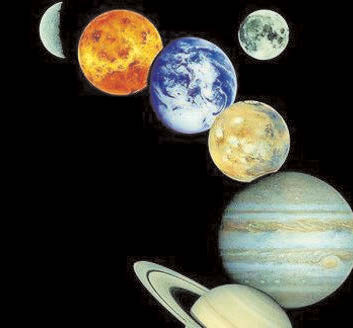NEW DELHI (TIP): A total solar eclipse will occur on March 9 but will be seen as a partial solar eclipse at sunrise from most places in India except from north-west and western parts of the country.
Solar eclipse is a phenomena where the moon passes precisely between the sun and the earth. It blocks the sun’s bright face, revealing the tenuous and comparatively faint solar atmosphere. It happens only once a year.
The total eclipse phase will begin at 5.47 am (IST) and it will last till 9.08 am on March 9. The partial phase will, however, end at 10.05 am (IST). In most places of India, the partial phase of the eclipse will begin before sunrise – it means partially eclipsed sunrise will take place on that day.
Obscuration of the sun by the moon at the time of greatest phase of partial eclipse will be around 15% in Agartala, 24.5% in Bhubaneswar, 11% in Guwahati, 18.5% in Kolkata, 12% in Patna, 49% in Port Blair and 12% in Silchar.
“However, the greatest phase of the partial eclipse will not be seen from many places in India as the sunrise will take place after the time of occurrence of greatest phase at these places”, said the statement.
The total eclipse of the sun would be visible within a narrow corridor in the northern Hemisphere. The totality path would pass through Sumatra, Borneo, Indonesia and the North Pacific Ocean.
Sounding caution, the ministry advised that the eclipsed sun should not be viewed with the naked eye, even for a very short time as it will cause permanent damage of the eyes leading to blindness even when the moon covers most portion of the sun. “Safe way to observe the solar eclipse is either by using proper filter like aluminized Mylar, black polymer, welding glass of shade number 14 or by making projection of Sun’s image on a white board by telescope”, said an official.
Source: TOI
